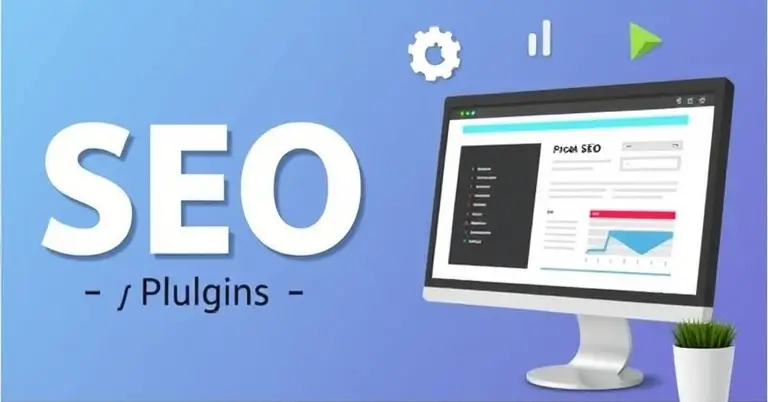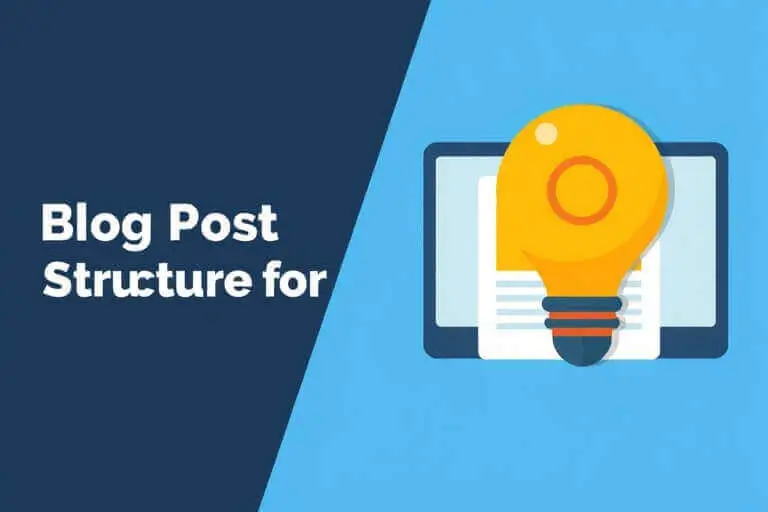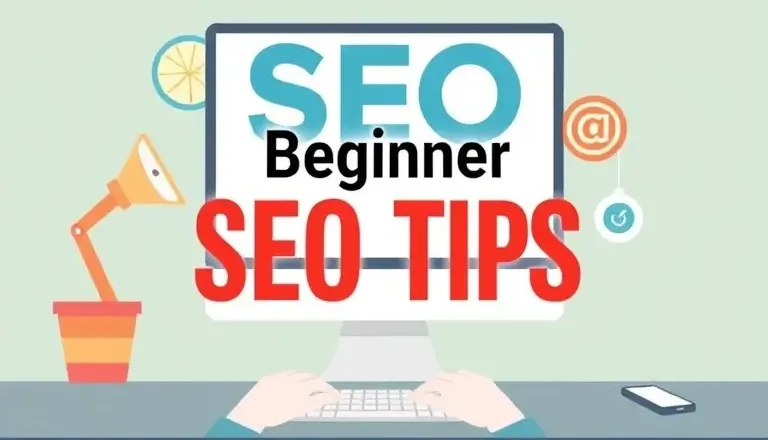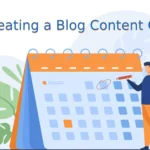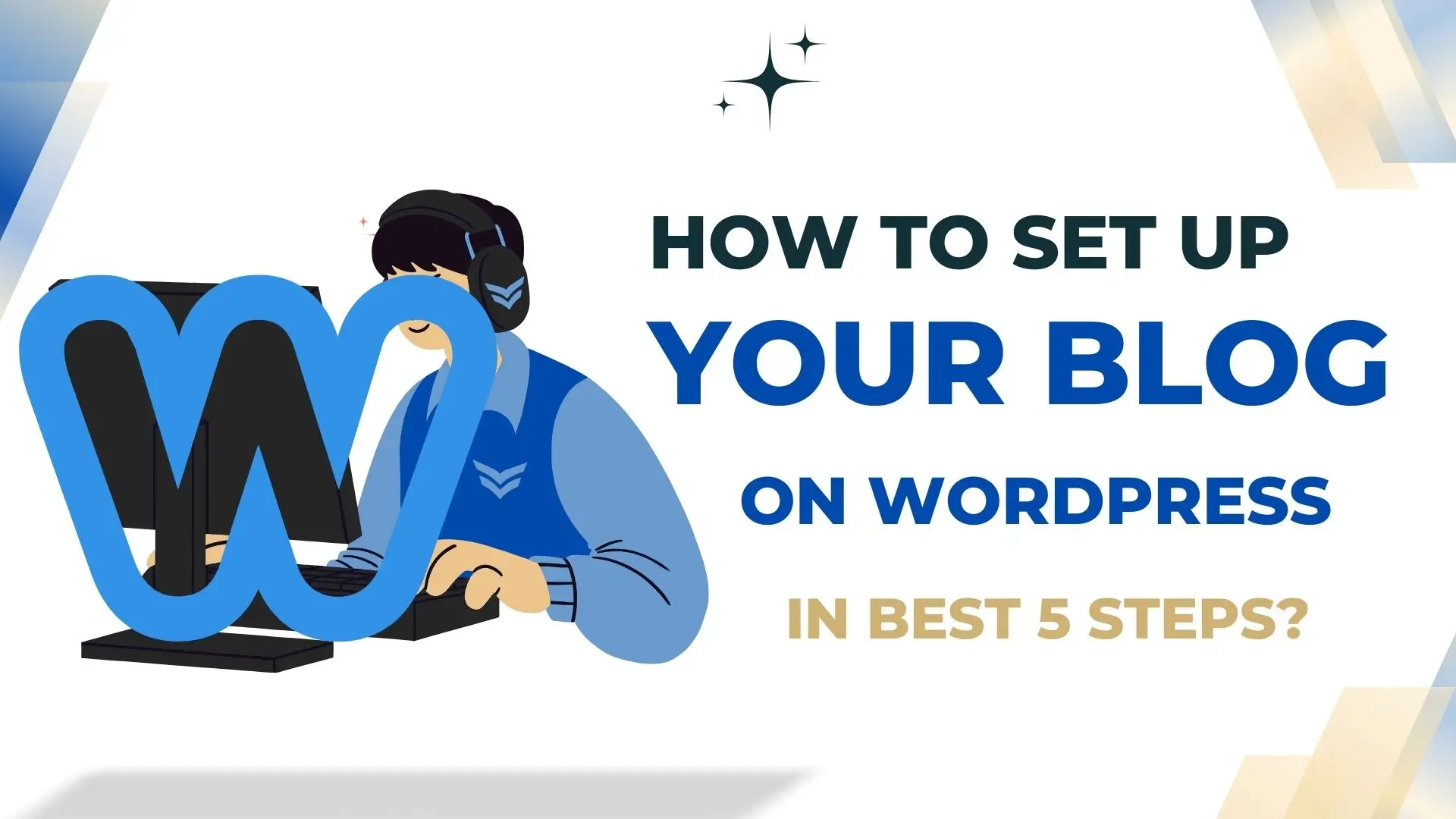Setting Up an About Page For Your Blog: The Best 5 Key For Trust
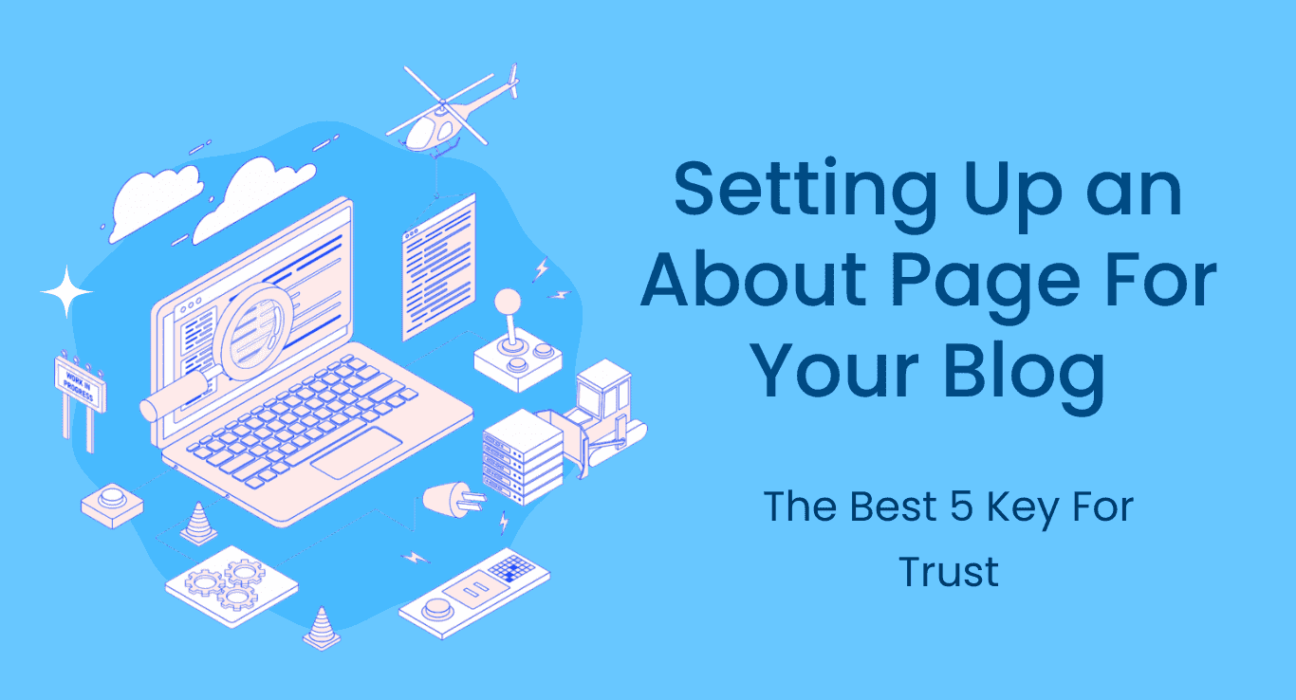
Table of Contents
Introduction
Setting up an About Page for your blog is a crucial step in building trust and fostering a strong connection with your audience. The About page serves as the first impression many visitors have, and its significance cannot be overstated. Through this page, readers gain insights into your blog’s essence, mission, and the people behind it. This understanding is pivotal to engaging them on a deeper level.
When crafted effectively, an About page encompasses five key elements that lay the foundation for trust:
- Visitor Engagement: Capturing attention from the very first glance.
- Purpose and Mission Clarity: Clearly communicating what your blog stands for.
- Personalization through Author Information: Sharing relatable stories and backgrounds.
- Enhancing Blog Stickiness: Encouraging visitors to explore more content.
- Guiding New Visitors: Providing a clear roadmap for easy navigation.
These elements intertwine to create a compelling narrative that resonates with readers. As you delve into these aspects, each plays a distinct role in enhancing your blog’s importance and solidifying an authentic audience connection. Unlocking their potential can significantly transform how readers perceive and interact with your content.
1. Visitor Engagement: Captivating Your Audience from the Start
Engaging your visitors from the very first click is crucial in a blog’s success. The About page plays a pivotal role in this initial engagement, providing an opportunity to build a connection between your content and potential readers.
How an About Page Engages Visitors

The About page is often where first-time visitors land when they want to know more about your blog. It acts as a bridge, transforming casual visitors into engaged readers by offering them insights into the essence of your blog. This engagement begins with addressing their curiosity and establishing a content connection.
- Introducing Your Story: By sharing the journey of how your blog began, visitors gain insights into your motivations and passions.
- Highlighting Unique Value: Clearly stating what makes your blog unique can pique visitor interest, encouraging them to explore further.
Visitor Traffic to About Pages
Statistics reveal that the About page is one of the most visited pages on a blog. According to studies, nearly 52% of first-time visitors navigate to this section before deciding whether to continue engaging with other content. This demonstrates its significance in capturing and maintaining visitor interest. A well-crafted About page can be the difference between a fleeting visit and a long-term relationship.
Enhancing Engagement Through Storytelling
Storytelling is a powerful tool for increasing blog engagement. Personal anecdotes not only humanize your brand but also create relatability. Consider these methods:
- Personal Anecdotes: Share relatable experiences or challenges you’ve faced in your blogging journey. This transparency fosters trust and makes readers feel they’re part of an authentic community.
- Visual Elements: Incorporate images or videos that complement your narrative, offering visitors a visual representation of your story.
Building Deeper Connections
By weaving storytelling with factual information about your blog’s purpose, you position yourself as both relatable and credible. An engaging narrative encourages readers to delve deeper into other sections of the site, enhancing their overall experience and increasing visitor interest.
Engagement is not merely about keeping visitors on your page longer; it’s about resonating with them on a personal level. Crafting an About page that captivates from the start lays the foundation for building enduring relationships with your audience.
2. Purpose and Mission Clarity: Attracting a Dedicated Readership
Defining your blog’s purpose and mission is not just a formality; it’s a strategic move that sets the stage for attracting a dedicated readership. A well-articulated mission statement acts as a beacon, guiding both you and your audience through the vast sea of content available online. It’s essential to understand the difference between your purpose and mission, as this distinction can significantly influence your blog’s success.
Importance of Defining the Blog’s Purpose and Mission
- Establishes Identity: Clearly defined purpose and mission distinguish your blog from others, giving it a unique identity. This helps in creating brand recognition and loyalty among readers.
- Sets Expectations: When visitors land on your About page, they want to know what they can expect. A transparent mission statement informs them about the type of content they’ll find, aligning their expectations with your offerings.
- Guides Content Creation: With a clear purpose, every piece of content you create should align with your overarching goals, ensuring consistency and cohesiveness across the board.
How This Clarity Helps Attract a Dedicated Readership
- Builds Trust: Readers are more likely to trust your blog when they understand its core values and objectives. A straightforward mission statement communicates authenticity and integrity.
- Engages Like-minded Audiences: By articulating what drives your blog, you naturally attract readers who resonate with those values, fostering a sense of community around shared interests.
- Enhances Reader Loyalty: When expectations are met consistently through aligned content, readers are more likely to return, engage actively, and even advocate for your blog within their networks.
Consider these examples of compelling mission statements:
“Empowering women worldwide by sharing stories of strength and resilience.”
“Dedicated to simplifying technology for everyday users through easy-to-understand tutorials.”
Incorporating these elements into your About page not only clarifies your intentions but also serves as a magnet for the right audience—those who will value, engage with, and champion your content. Understanding how to align your purpose, mission, and values can significantly enhance this process.

3. Personalizing Your Blog Through Author Information
Building a strong connection with your audience often starts with a personal touch. Sharing author backgrounds and personal stories can significantly impact your blog’s trustworthiness. When readers feel they know the person behind the words, it adds a layer of author credibility that is hard to achieve through content alone.
Trust Building and Personal Touch
Here are two key benefits of personalizing your blog through author information:
- Trust Building: Readers are more inclined to trust and engage with content when they sense authenticity. By providing insights into your journey, experiences, and motivations, you create an environment where readers feel comfortable and valued.
- Personal Touch: Incorporating personal anecdotes or sharing why you started the blog can humanize your content. This personal touch not only differentiates your blog from others but also invites readers to connect on a deeper level.
Detailed Bios: A Bridge to Deeper Connections
Creating detailed bios can foster these connections even further:
- Highlight Expertise: Including credentials or professional experiences can demonstrate expertise, reassuring readers of the quality and reliability of the information shared.
- Shared Interests and Values: Mentioning hobbies, interests, or values can resonate with readers who share similar passions, making them feel part of a community.
- Visual Elements: Adding photos or videos enhances the bio, providing a face to the name and contributing to an engaging reader experience.
The Importance of Setting Up an About Page for Your Blog
An About page isn’t just about listing achievements; it’s about telling your story in a way that builds rapport and encourages ongoing interaction. As you craft this section of your blog, remember that every detail contributes to shaping how readers perceive you and your content. This perception is pivotal in establishing long-term reader loyalty.
Building these connections through author information not only strengthens trust but also encourages visitors to return, further exploring the wealth of content you offer.
4. Enhancing Blog Stickiness with Engaging Elements
In the blogging world, “stickiness” refers to a blog’s ability to keep visitors engaged and encourage them to explore more content. It’s a concept closely tied to user retention and can significantly impact a blog’s success.
Key Features to Enhance Stickiness:
1. Compelling Call-to-Actions (CTAs)
CTAs are essential tools for guiding readers towards specific actions, whether signing up for a newsletter, leaving comments, or exploring related content. Effective CTAs are clear, concise, and relevant to the reader’s journey. Using phrases like “Discover more tips,” or “Join our community,” can increase engagement.
2. Summarizing Benefits for Readers
Clearly highlighting the benefits of your blog helps readers understand what they stand to gain. This can be achieved through bullet points or short paragraphs that articulate the unique value your content offers. For instance, if your blog provides insightful industry analysis, mention how it aids in making informed decisions.
Engaging Content:
- Stories and relatable scenarios captivate readers’ attention. Sharing real-life examples or case studies can make your content more relatable.
- Visual elements such as images, infographics, and videos break up text and make reading more enjoyable.
Creating an Inviting Environment:
- Design plays a crucial role in stickiness. A clean layout with intuitive navigation encourages longer visits.
- Fast loading times reduce bounce rates, ensuring that users remain engaged without technical frustrations.
- Implementing effective A/B testing strategies can help optimize various elements of your blog for better user engagement.
By focusing on these elements, an About page becomes not only an informative section but also a powerful tool for retaining visitors and encouraging them to delve deeper into your blog’s offerings. This enhances the overall user experience and builds trust over time.
5. Guiding New Visitors Effectively with a Clear Structure
An About page serves as an essential roadmap for new users, providing navigation assistance and a clear path for exploring your site. First impressions matter, especially for first-time visitors who are keen to understand what your blog offers. Structuring your About page effectively can significantly enhance their site exploration experience.
The Roadmap Role

- Introduction to Your Blog: Clearly outline what your blog is about right at the top of the page. This helps new visitors quickly grasp the essence of your content.
- Highlighting Key Sections: Include an overview of essential sections or categories on your blog. This acts as a mini-guide, allowing first-time visitors to navigate directly to topics of interest.
- Engagement Pathways: Use hyperlinks strategically throughout the page to direct readers to popular posts, recent articles, or specific series that showcase your expertise.
Best Practices for Structuring
- Start with a Clear Headline: Use a compelling headline that encapsulates the essence of your blog and piques curiosity.
- Divide Content with Subheadings: Break down information into digestible chunks using subheadings. This not only aids readability but also allows visitors to skim through and find relevant information quickly.
- Incorporate Visuals: Utilize images, infographics, or videos that resonate with your brand’s voice and message. Visual elements can make the page more engaging and less text-heavy.
- Include a Call-to-Action (CTA): Encourage interaction by including CTAs such as subscribing to a newsletter, following social media channels, or checking out specific content pieces.
- Regularly Update Content: Ensure that the information remains current and relevant by periodically reviewing and revising the content on this page.
A well-structured About page not only facilitates easy understanding but also sets the stage for meaningful engagement with your content. By guiding new visitors effectively through a clear website structure, you lay the foundation for building trust and turning first-time visitors into loyal readers.
Conclusion: The Power of a Well-Crafted About Page in Building Reader Trust and Engagement
A well-crafted About page is essential for building trust with your audience. By using engaging storytelling and personal stories, you can capture the interest of your visitors and encourage them to explore your blog further. Clearly communicating the purpose and mission of your blog will attract dedicated readers and set expectations for all interactions with your content.
The importance of setting up an About page for your blog cannot be emphasized enough. Adding author information to personalize your blog creates genuine connections with your readers, while interactive elements make your blog more appealing and encourage visitors to spend more time consuming your content. Having a structured approach also helps new visitors navigate through your site, making them feel welcomed and informed.
Now it’s time to put this into action. Here are the key elements you should include in your own blog’s About page:
- Engage with compelling stories.
- Clarify your mission for transparency.
- Personalize by sharing authentic author insights.
- Enhance Stickiness with interactive elements.
- Guide Visitors with a clear and navigable structure.
By implementing these strategies, you can turn your About page into a powerful tool that not only provides information but also builds trust and encourages engagement with your audience.
FAQs (Frequently Asked Questions)
Why is an About page important for my blog?
An About page is crucial as it helps establish trust with your audience by providing a clear understanding of the blog’s purpose, mission, and the author behind it. It serves as a connection point that engages visitors and encourages them to explore your content further.
How can I enhance visitor engagement on my About page?
To enhance visitor engagement, consider using storytelling and personal anecdotes that resonate with your audience. Incorporating statistics on visitor traffic to About pages can also highlight their significance in capturing interest and fostering connections.
What elements should I include to clarify my blog’s purpose and mission?
Defining your blog’s purpose and mission is key to attracting a dedicated readership. Include a concise mission statement that outlines what your blog aims to achieve and how it meets reader expectations.
How does sharing author information build trust with readers?
Sharing detailed author backgrounds and personal stories enhances credibility and fosters deeper connections with readers. It allows them to relate to you on a personal level, which is essential for building trust.
What features can make my blog more ‘sticky’ for users?
‘Stickiness’ refers to how well your content retains visitors. Features such as compelling calls-to-action (CTAs) and summarizing benefits for readers can significantly enhance user retention and encourage them to return.
How should I structure my About page for new visitors?
The About page should serve as a roadmap for new users. Best practices include organizing information clearly, using headings, bullet points, and concise paragraphs to facilitate easy understanding and navigation for first-time visitors.


